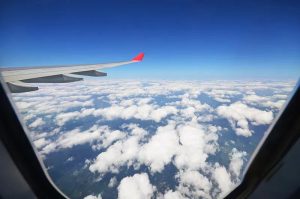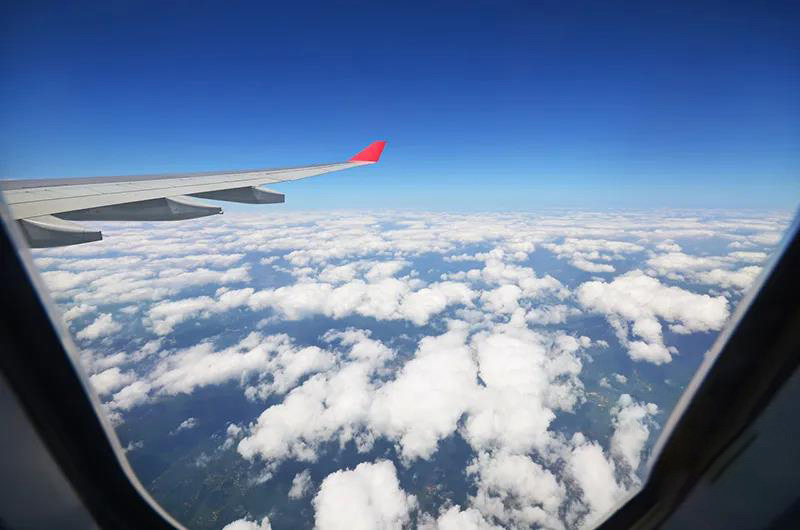
Many passengers have had this experience:
One or two minutes after the plane took off, there was a short “fall” suddenly, the thrust of the engine seemed to be suddenly turned off, and the plane seemed to fall down!
This feeling lasted for only one or two seconds, and the aircraft continued to climb again.
At this time, even passengers who have had many flight experiences will inevitably be puzzled in their hearts. What is going on with this kind of “falling”? Is the airplane engine malfunctioning?

In fact, the plane did not fall, and the flight speed and altitude did not decrease at all. The aircraft only reduced its thrust, and the acceleration of the flight also decreased accordingly.
Passengers in the cabin are individuals separated from the aircraft. At the moment when the acceleration of the aircraft decreases, the passengers continue to “fly” upward and forward at the original acceleration due to inertia.
At this moment, the plane flew slower and lower relative to the passengers. So passengers will feel the plane “falling down” and backwards.
Since reducing the thrust of the aircraft will bring about a moment of inertia and affect the passenger experience, why bother to reduce the thrust during the climb?

The purpose of reducing the aircraft thrust is to keep the aircraft’s flight speed within the low altitude speed limit.
The aircraft is relatively close to the ground during the climb phase, and if it flies too fast, it will produce excessive noise. There are more low-altitude aircraft and buildings, and the climate environment is more complicated. Flying too fast can also affect safety.
Reducing thrust can reduce engine loss and fuel consumption, which can be said to kill two birds with one stone.
Also due to inertia, the passenger’s heart, as an organ “suspended” in the body, will respond to changes in acceleration later than the body at the moment when the thrust of the aircraft decreases.
Therefore, there will be illusions of palpitations and panic, thinking that you are nervous.
Comments